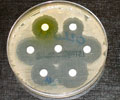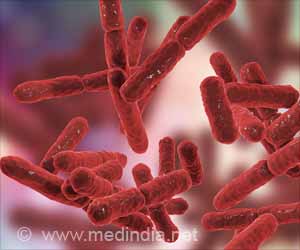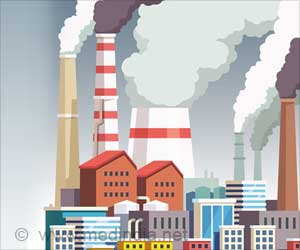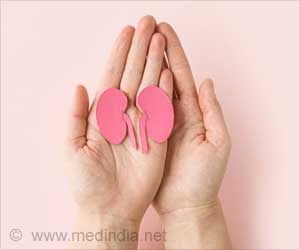The alarming connection between air pollution and the rise of antibiotic resistance, a global health concern with far-reaching consequences.
- The recent Lancet report highlights that a rise in air pollution significantly correlates with antibiotic resistance escalation
- Antimicrobial Resistance (AMR) claimed 1.27 million lives in 2019, marking it as a pressing global threat
- Inadequate use of antimicrobial in agriculture, overuse of antibiotics, and contamination in pharmaceutical industries are major AMR contributors
What are the Factors Causing Antimicrobial Resistance (AMR) in Living Beings
Antimicrobial Resistance remains a potential health hazard. ICMR study states that there is an increase resistance of 5-10% every year. This sheds light on the importance of knowing the cause of it to regulate reforms and strategies to combat its effects.- Inappropriate use of Antimicrobials in agriculture through pesticides
- Overuse and Improper use of antibiotics without proper prescription from physicians
- Usage of antibiotics in livestock
- Contamination in Pharmacological industries
- No proper regulation of water recycling plants
Air Pollution: The Emerging Cause of AMR
The recent Lancet report delivers the study disclosing a distinct connection between the amounts of fine particulate matter (PM2.5) – minuscule particles significantly tinier than a human hair – and the development of antibiotic resistance (1✔ ✔Trusted SourceAssociation between particulate matter (PM)2·5 air pollution and clinical antibiotic resistance: a global analysis
Go to source). For every 1 percent rise in air pollution, the escalation in antibiotic resistance varies between 0.5 percent to 1.9 percent, contingent upon the specific pathogen.
Lead author of the study, Professor Hong Chen from Zhejiang University, China, underscores that both antibiotic resistance and air pollution pose significant threats to global health.
This research underscores the dual advantage of curbing air pollution – not only would it mitigate the detrimental impacts of poor air quality, but it could also effectively combat the proliferation of antibiotic-resistant bacteria.
The areas with the highest antibiotic resistance levels are North Africa, the Middle East, and South Asia, whereas Europe and North America exhibit lower levels. In 2018 alone, approximately 480,000 premature deaths were attributed to antibiotic resistance linked to air pollution.
China and India, owing to their substantial populations, are particularly susceptible, as changes in PM2.5 levels significantly impact their premature mortality rates due to antibiotic resistance.
Absence of alterations in existing air pollution policies would lead to a projected 17 percent surge in global antibiotic resistance by 2050, resulting in around 840,000 yearly untimely deaths due to resistance-related causes.
The researchers acknowledge data limitations, particularly in low- and middle-income nations, which bear the brunt of the antibiotic resistance crisis.
Reference:
- Association between particulate matter (PM)2·5 air pollution and clinical antibiotic resistance: a global analysis - (https://www.thelancet.com/journals/lanplh/article/PIIS2542-5196(23)00135-3/fulltext)
Source-Medindia













